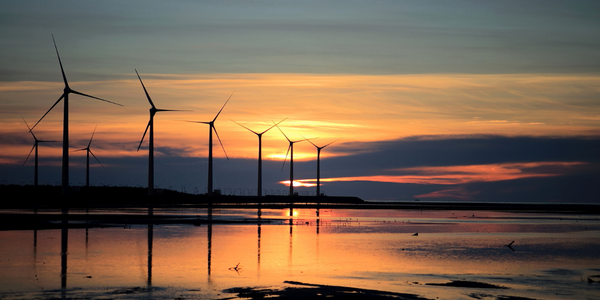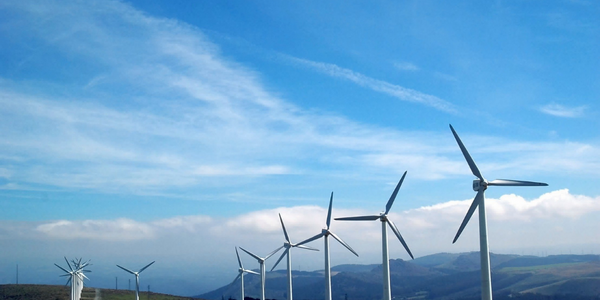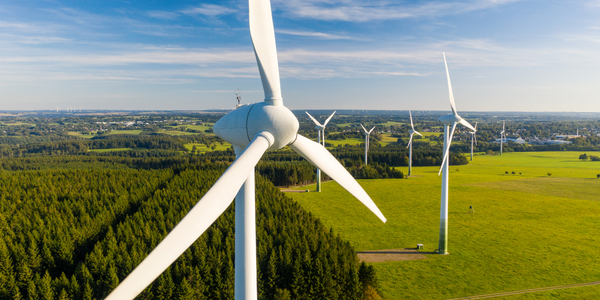技术
- 分析与建模 - 数字孪生/模拟
- 功能应用 - 制造执行系统 (MES)
适用行业
- 可再生能源
- 运输
适用功能
- 物流运输
- 仓库和库存管理
用例
- 数字孪生
- 制造过程模拟
服务
- 系统集成
关于客户
该客户是一家跨国工业制造商,在 170 多个国家/地区开展本地业务。他们专门为世界各地的公用事业制造可再生能源设备。该公司拥有快速增长的客户群和复杂配置不断增加的产品组合。该公司的风力涡轮机部门尤其受到所面临挑战的影响,缺乏对从模具产能规划到客户现场安装的限制和成本的了解。该公司致力于改进其规划流程和决策能力,以更好地管理其供应链并满足不断扩大的客户群的需求。
挑战
这家在 170 多个国家/地区开展业务的跨国工业制造商正在努力应对供应链的重大转变。该公司的产品组合变得越来越复杂,其客户群也在迅速扩大。模具产能、叶片制造、运输和客户现场安装的规划流程脱节,导致成本和库存问题。尤其是风力涡轮机部门,缺乏对从模具容量规划到客户现场安装的限制和成本的了解。由于业务流程和支持系统分散,规划团队无法跨多个职能部门进行协作。遗留流程和工具导致规划人员基于数据快照进行耗时的规划和报告工作,几乎没有时间进行智能规划和决策。
解决方案
该公司采用了o9的平台来应对这些挑战。该平台提供了数字孪生,提供了需求、运输、叶片制造以及模具制造能力和成本的可见性。它将所有功能和规划流程连接在一个集成平台上,为改进决策创建单一事实来源。该公司不再需要手动移动数据,可以根据实时洞察做出决策并运行场景。风力涡轮机部门使用企业知识图来实现端到端规划,包括需求、供应、运输和 IBP。启用的关键功能包括假设场景、单位和货币的权衡评估、需求/供应平衡、增量和交互式规划,以及提供整个网络成本和容量端到端可见性的数字孪生。该平台取代了 Excel 来完成这些流程。
运营影响
数量效益

Case Study missing?
Start adding your own!
Register with your work email and create a new case study profile for your business.
相关案例.

Case Study
Remote Monitoring & Predictive Maintenance App for a Solar Energy System
The maintenance & tracking of various modules was an overhead for the customer due to the huge labor costs involved. Being an advanced solar solutions provider, they wanted to ensure early detection of issues and provide the best-in-class customer experience. Hence they wanted to automate the whole process.

Case Study
Vestas: Turning Climate into Capital with Big Data
Making wind a reliable source of energy depends greatly on the placement of the wind turbines used to produce electricity. Turbulence is a significant factor as it strains turbine components, making them more likely to fail. Vestas wanted to pinpoint the optimal location for wind turbines to maximize power generation and reduce energy costs.

Case Study
Siemens Wind Power
Wind provides clean, renewable energy. The core concept is simple: wind turbines spin blades to generate power. However, today's systems are anything but simple. Modern wind turbines have blades that sweep a 120 meter circle, cost more than 1 million dollars and generate multiple megawatts of power. Each turbine may include up to 1,000 sensors and actuators – integrating strain gages, bearing monitors and power conditioning technology. The turbine can control blade speed and power generation by altering the blade pitch and power extraction. Controlling the turbine is a sophisticated job requiring many cooperating processors closing high-speed loops and implementing intelligent monitoring and optimization algorithms. But the real challenge is integrating these turbines so that they work together. A wind farm may include hundreds of turbines. They are often installed in difficult-to-access locations at sea. The farm must implement a fundamentally and truly distributed control system. Like all power systems, the goal of the farm is to match generation to load. A farm with hundreds of turbines must optimize that load by balancing the loading and generation across a wide geography. Wind, of course, is dynamic. Almost every picture of a wind farm shows a calm sea and a setting sun. But things get challenging when a storm goes through the wind farm. In a storm, the control system must decide how to take energy out of gusts to generate constant power. It must intelligently balance load across many turbines. And a critical consideration is the loading and potential damage to a half-billion-dollar installed asset. This is no environment for a slow or undependable control system. Reliability and performance are crucial.

Case Study
Airport SCADA Systems Improve Service Levels
Modern airports are one of the busiest environments on Earth and rely on process automation equipment to ensure service operators achieve their KPIs. Increasingly airport SCADA systems are being used to control all aspects of the operation and associated facilities. This is because unplanned system downtime can cost dearly, both in terms of reduced revenues and the associated loss of customer satisfaction due to inevitable travel inconvenience and disruption.

Case Study
Remote Monitoring and Control for a Windmill Generator
As concerns over global warming continue to grow, green technologies are becoming increasingly popular. Wind turbine companies provide an excellent alternative to burning fossil fuels by harnessing kinetic energy from the wind and converting it into electricity. A typical wind farm may include over 80 wind turbines so efficient and reliable networks to manage and control these installations are imperative. Each wind turbine includes a generator and a variety of serial components such as a water cooler, high voltage transformer, ultrasonic wind sensors, yaw gear, blade bearing, pitch cylinder, and hub controller. All of these components are controlled by a PLC and communicate with the ground host. Due to the total integration of these devices into an Ethernet network, one of our customers in the wind turbine industry needed a serial-to-Ethernet solution that can operate reliably for years without interruption.

Case Study
IoT-based Fleet Intelligence Innovation
Speed to market is precious for DRVR, a rapidly growing start-up company. With a business model dependent on reliable mobile data, managers were spending their lives trying to negotiate data roaming deals with mobile network operators in different countries. And, even then, service quality was a constant concern.







